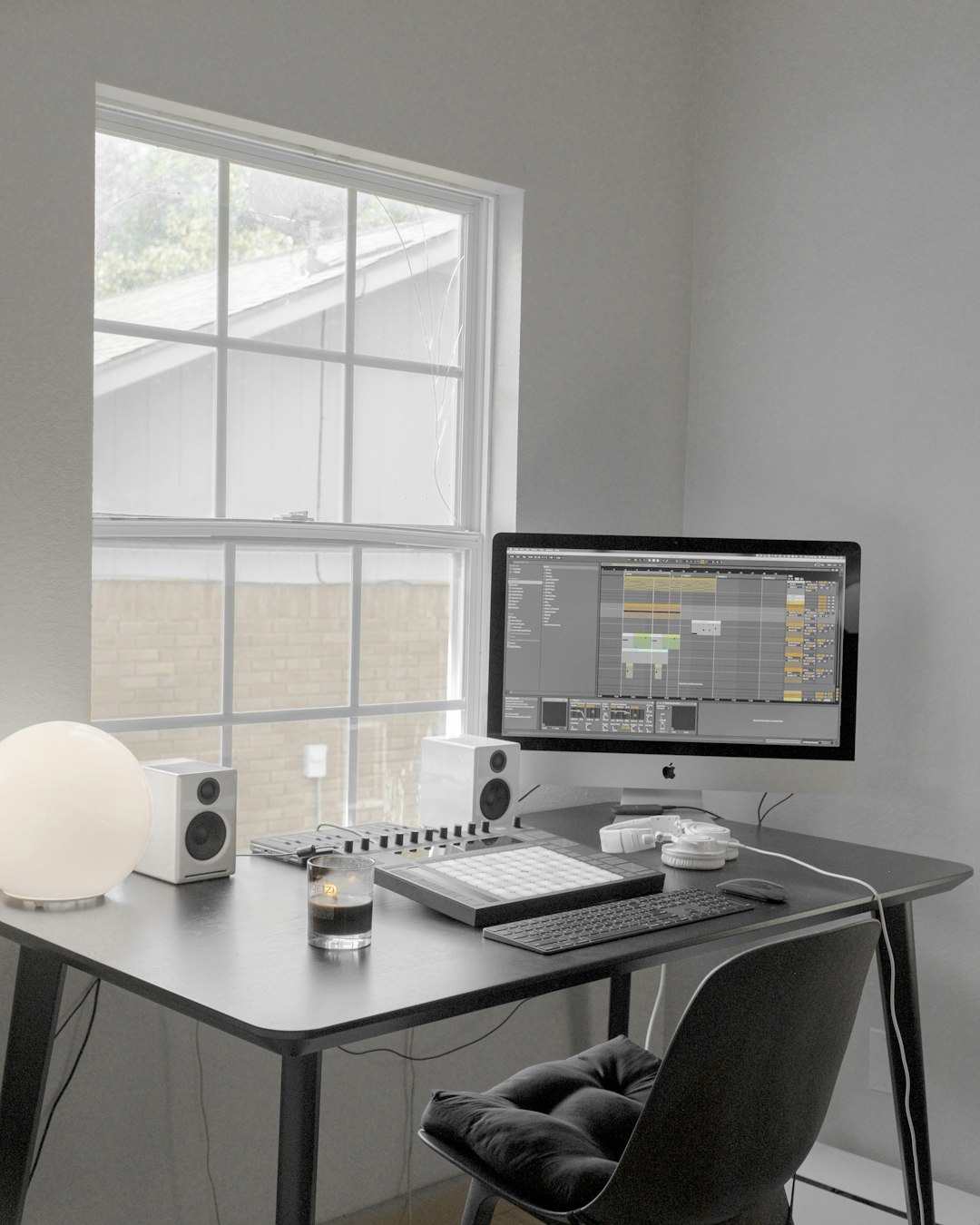If you’re working on Pro Tools and suddenly encounter the dreaded DAE Error 13001, don’t panic. This common error can be frustrating, especially when you’re in the middle of an important session. Luckily, with a bit of understanding and the right approach, you can resolve it and get back to making music. In this article, we’ll explore what DAE Error 13001 means, why it happens, and how you can fix it quickly and effectively.
What is DAE Error 13001?
DAE, or Digidesign Audio Engine, is the component that handles audio playback and processing in Pro Tools. DAE Error 13001 typically indicates that there is a communication breakdown between Pro Tools and the DAE engine. This could be related to hardware incompatibility, corrupted preferences, unnecessary plug-ins, or system configuration issues.

Common Causes of DAE Error 13001
Before diving into solutions, it’s helpful to understand the underlying causes. Here are some frequent culprits:
- Incompatible plug-ins: Older or third-party plug-ins may not be compatible with your version of Pro Tools.
- Corrupt preferences: Pro Tools may malfunction if its preference files become corrupted.
- Incorrect system settings: Outdated drivers or operating system issues can lead to conflicts with Pro Tools.
- Hard drive problems: Using internal system drives for audio recording or lack of disk space can trigger this error.
Fixing DAE Error 13001
Fortunately, resolving DAE Error 13001 doesn’t usually require a professional technician. Follow these steps in order until the error goes away:
- Update Pro Tools: Always make sure you’re using the most current version of Pro Tools that’s compatible with your operating system. Updates often fix known bugs, including DAE-related issues.
- Check Plug-ins:
- Go to your plug-ins folder and temporarily move all third-party plug-ins to another location.
- Restart Pro Tools and check if the error persists.
- If the error disappears, reintroduce your plug-ins one-by-one to identify the problematic one.
- Delete Preferences and Databases:
- On Mac: Navigate to ~/Library/Preferences/Avid and delete the Pro Tools folder.
- On Windows: Go to C:\Users\[YourUsername]\AppData\Roaming\Avid and remove the Pro Tools folder.
Then, reboot your computer and launch Pro Tools again.
- Run Disk Utility or Check Disk: File system errors can create problems in how Pro Tools reads data. Run a disk check utility to ensure your drive is healthy and error-free.
- Adjust Playback Engine Settings: In Pro Tools, go to Setup > Playback Engine and try altering settings like the buffer size or the selected audio interface. Sometimes just toggling these settings can clear up communication issues.

Additional Tips
- Use Dedicated Audio Drives: Avoid recording or playing back sessions directly from your system drive. Instead, use a fast, external SSD specifically for audio sessions.
- Maintain Compatibility: Be sure all software, plug-ins, and drivers are compatible with your Pro Tools version. Avid provides a helpful compatibility chart on their website—check it before updating any software or hardware.
- Free Up System Resources: Close any unnecessary applications and background processes when using Pro Tools to reduce CPU usage and potential conflicts.
When to Seek Help
If you’ve tried all of the above and are still encountering DAE Error 13001, it might be time to consult Avid’s support team or consider visiting a professional audio technician. You can also browse the Avid community forums, where many users share their experiences and solutions to specific Pro Tools issues.
Final Thoughts
Although DAE Error 13001 can interrupt your workflow, it’s usually a fixable issue with a clear cause. By systematically going through the solutions listed above, most users are able to quickly restore their Pro Tools session and avoid further headaches. Remember: keeping your system well-maintained and your software up-to-date is half the battle in preventing such errors in the future.